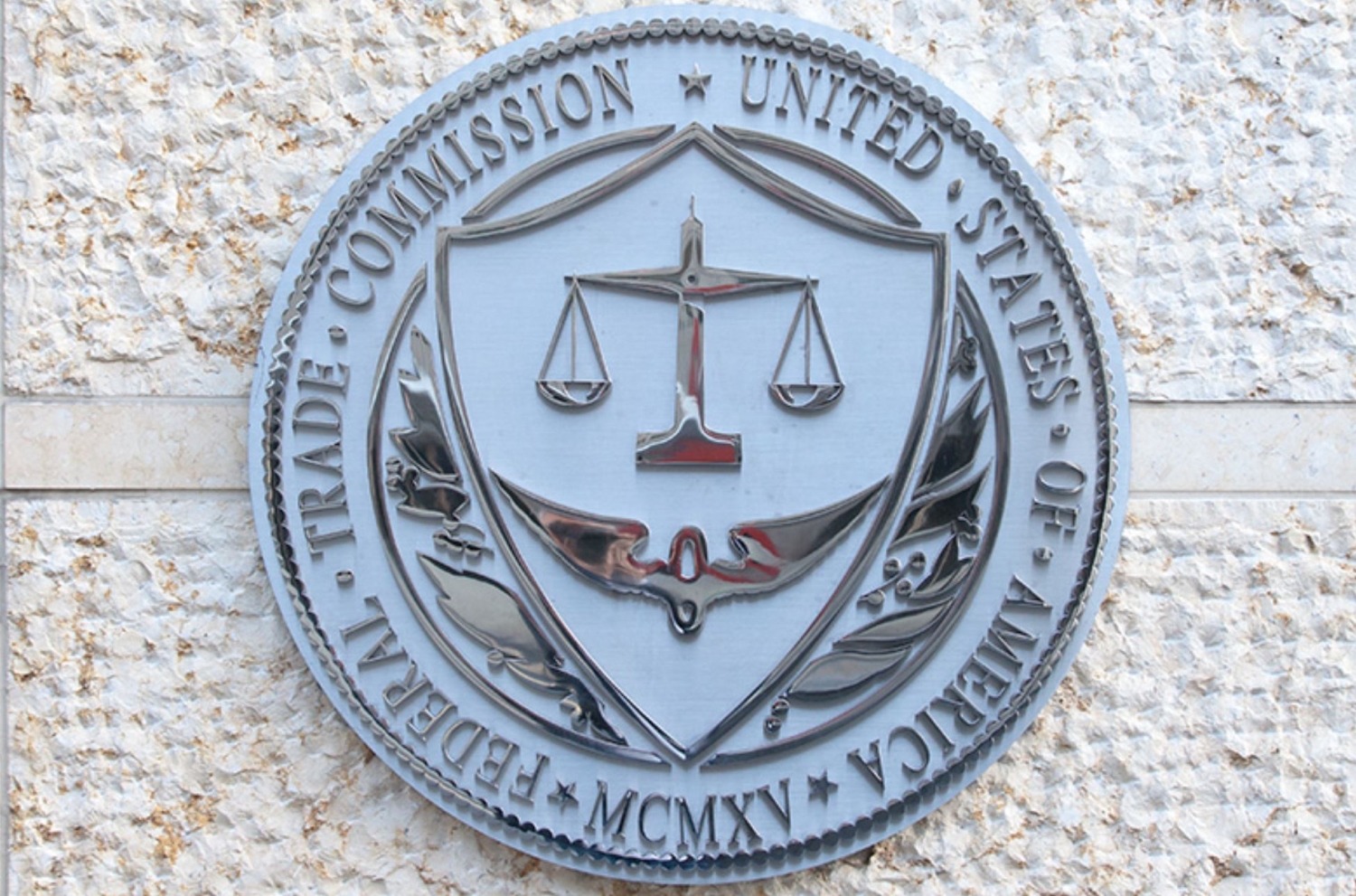Negative Electricity Prices In Europe: A Solar Power Success Story?

Table of Contents
1. The Surge in Renewable Energy Production
The unprecedented rise in renewable energy generation is the primary driver behind negative electricity prices in Europe. This surge is largely fueled by the rapid expansion of solar power capacity across the continent.
The Role of Solar Power
Solar power's contribution to the energy surplus is undeniable. Europe has witnessed a dramatic increase in solar photovoltaic (PV) installations over the past decade, leading to a significant boost in overall electricity generation. This growth is particularly pronounced in countries like Germany, Spain, and Italy, all of which have experienced periods of negative electricity prices.
- Germany: Boasts significant solar PV capacity, contributing to negative pricing events during peak sunlight hours.
- Spain: A leader in concentrated solar power (CSP), its vast solar fields contribute to periods of energy surplus.
- Italy: Significant investments in rooftop solar PV systems have added to the national grid's renewable energy capacity, influencing price fluctuations.
Data shows a strong correlation between peak solar energy production and the occurrence of negative prices. As solar panels generate electricity at maximum capacity during sunny periods, the supply often outstrips demand, leading to negative pricing on the electricity market.
Other Renewable Sources
While solar power plays a major role, other renewable sources also contribute to the energy surplus. Wind power, particularly prevalent in Northern Europe, and hydroelectricity, dependent on water availability, further exacerbate periods of oversupply.
- Denmark: A global leader in wind energy, experiencing negative electricity prices due to high wind energy production.
- Norway: With substantial hydroelectric power, experiencing periods of negative pricing when hydropower generation exceeds demand.
The intermittency of wind and solar power adds complexity. While these sources contribute significantly to renewable energy generation, their unpredictable nature necessitates careful grid management to prevent energy surpluses from leading to negative prices.
2. Factors Contributing to Negative Electricity Prices
Several factors combine to create the conditions for negative electricity prices in Europe.
High Renewable Energy Penetration
The high penetration of renewable energy sources fundamentally alters the energy market dynamics. The influx of renewable energy, often at times of low demand, directly challenges traditional energy markets.
- Feed-in tariffs and subsidies: Policies supporting renewable energy have incentivized significant growth, leading to increased renewable energy supply.
- Seasonal variations: Solar energy production peaks during summer months, while wind energy varies depending on weather patterns, creating periods of energy surplus.
Low Energy Demand
Periods of low energy demand, such as weekends, holidays, or economic downturns, amplify the impact of excess renewable energy. When energy consumption is low, even moderate increases in renewable generation can lead to a significant surplus.
- Reduced industrial activity: Industries often curtail energy consumption during off-peak hours or economic slowdowns, contributing to low demand.
- Economic downturns: Periods of economic uncertainty can decrease overall energy consumption, creating a further imbalance between supply and demand.
Grid Management Challenges
Integrating intermittent renewable energy sources into the electricity grid presents significant challenges. Grid operators face the complex task of balancing supply and demand in real-time.
- Grid operator strategies: Grid operators utilize various strategies to manage excess electricity, including curtailing renewable energy production or exporting excess energy to neighboring countries.
- Infrastructure needs: Upgrading grid infrastructure and implementing smart grid technologies are crucial for efficiently managing the fluctuating supply from renewable sources.
3. Implications and Future Outlook of Negative Electricity Prices
The implications of negative electricity prices are far-reaching, posing both economic benefits and challenges.
Economic Benefits and Challenges
Negative electricity prices offer potential benefits for consumers, lowering their energy bills. However, traditional energy producers reliant on fossil fuels face significant economic challenges.
- Impact on energy markets: Negative prices disrupt traditional energy market mechanisms, requiring new models for pricing and trading electricity.
- Investment in renewables: Despite challenges, negative prices signal the growing importance and economic viability of renewable energy sources like solar power.
The Path Towards a Greener Energy Future
Negative electricity prices, while initially unsettling, are a powerful indicator of progress towards a greener energy future. However, effective management is key.
- Energy storage technologies: Battery storage and pumped hydro storage are crucial for storing excess renewable energy and releasing it during periods of high demand.
- Energy efficiency measures: Reducing overall energy consumption through increased energy efficiency remains vital in balancing supply and demand and minimizing instances of negative pricing.
Conclusion
The occurrence of negative electricity prices in Europe is a complex phenomenon, intricately linked to the dramatic rise in renewable energy production, particularly solar power. While posing challenges for grid management and traditional energy producers, negative prices are largely a testament to the growing success of renewable energy sources and their potential to reshape the future of the European energy landscape. Understanding this phenomenon is crucial for navigating the transition to a cleaner energy future. Continue exploring the impact of solar power and other renewable sources on the energy market to understand the ongoing evolution of our energy systems.

Featured Posts
-
 Ftc To Appeal Microsoft Activision Merger Ruling Whats Next
Apr 29, 2025
Ftc To Appeal Microsoft Activision Merger Ruling Whats Next
Apr 29, 2025 -
 Porsche Koezuti Autok F1 Technika A Kormany Moegoett
Apr 29, 2025
Porsche Koezuti Autok F1 Technika A Kormany Moegoett
Apr 29, 2025 -
 Snow Fox Delays And Closings Tuesday February 11th Updates
Apr 29, 2025
Snow Fox Delays And Closings Tuesday February 11th Updates
Apr 29, 2025 -
 Months Long Lingering Of Toxic Chemicals From Ohio Train Derailment In Buildings
Apr 29, 2025
Months Long Lingering Of Toxic Chemicals From Ohio Train Derailment In Buildings
Apr 29, 2025 -
 Tremor 2 Netflix Series Kevin Bacons Potential Return Explored
Apr 29, 2025
Tremor 2 Netflix Series Kevin Bacons Potential Return Explored
Apr 29, 2025
Latest Posts
-
 Ru Pauls Drag Race Season 17 Episode 11 Sneak Peek The Ducks Take Flight
Apr 30, 2025
Ru Pauls Drag Race Season 17 Episode 11 Sneak Peek The Ducks Take Flight
Apr 30, 2025 -
 Iva Vlcheva Nastoyava Za Obnovyavane Na Trakiyskite Khramove Kray Khisarya
Apr 30, 2025
Iva Vlcheva Nastoyava Za Obnovyavane Na Trakiyskite Khramove Kray Khisarya
Apr 30, 2025 -
 Ru Pauls Drag Race Season 17 Episode 11 Preview What To Expect
Apr 30, 2025
Ru Pauls Drag Race Season 17 Episode 11 Preview What To Expect
Apr 30, 2025 -
 Ru Pauls Drag Race Season 17 Episode 11 The Ducks Arrive
Apr 30, 2025
Ru Pauls Drag Race Season 17 Episode 11 The Ducks Arrive
Apr 30, 2025 -
 Ru Pauls Drag Race Season 17 Episode 11 Preview Unleashing The Ducks
Apr 30, 2025
Ru Pauls Drag Race Season 17 Episode 11 Preview Unleashing The Ducks
Apr 30, 2025
